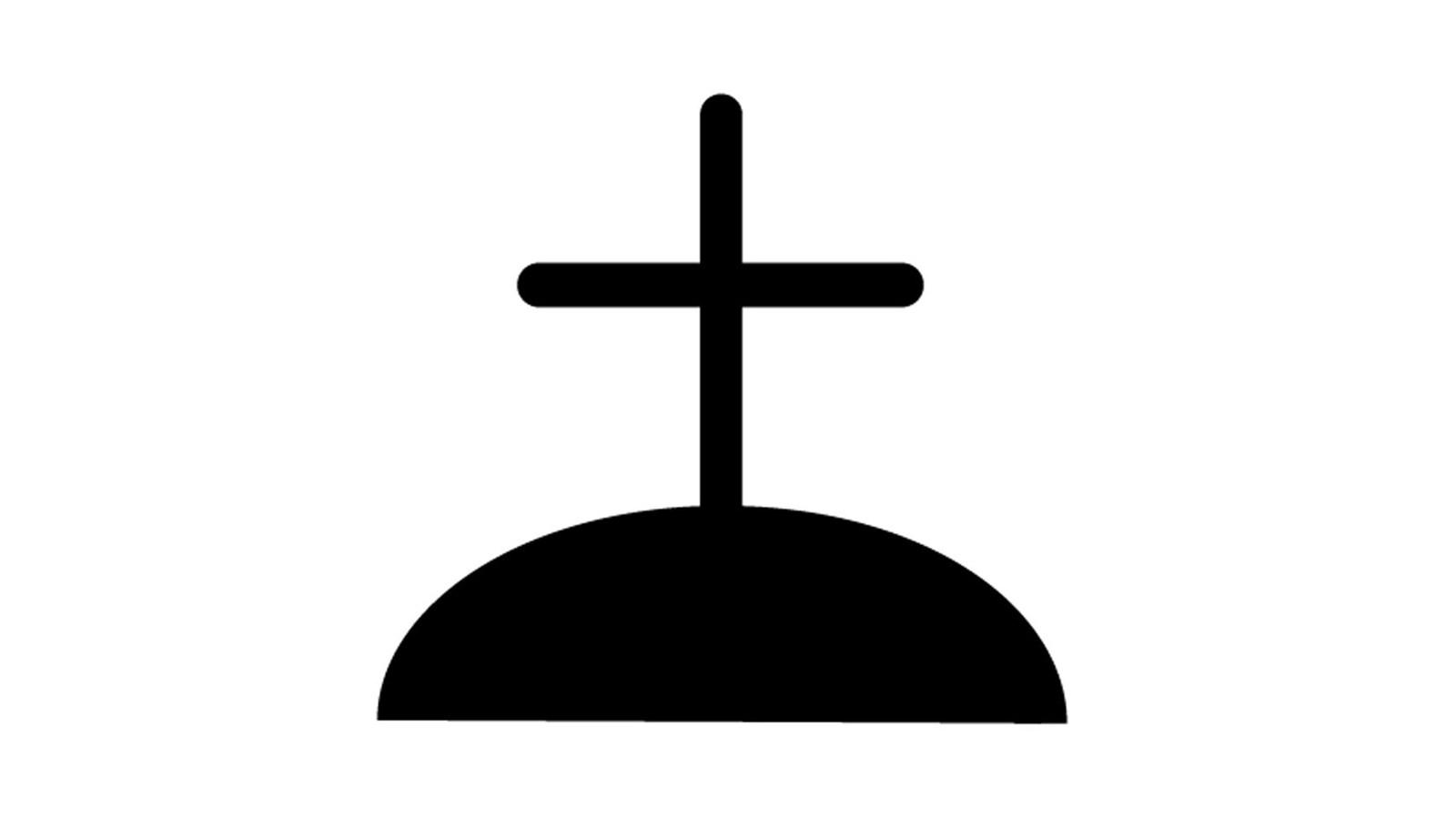Last updated: March 5, 2021
Place
Self-Guided Tour - Cemetery

The O’odham and their neighbors had complex traditions for burials. The dead were dressed well, often provided with some personal items, buried in a cavity, and covered with rocks. The O’odham would sometimes burn items that had belonged to a person who died, and would ask the dead to remain at peace, not come back to disturb the living. A blend of traditional and Catholic beliefs and ceremonies continue among the O’odham today.
The fourteen niches in the walls surrounding the cemetery would have held paintings or sculptures of the Catholic “Stations of the Cross.” In the center of the cemetery lies the round mortuary chapel. The plan may have been to cover the round building with a dome – if so, it was never completed. A family might spend time with their deceased loved one in this room before burial.
Many of the dead were victims of the terrible epidemics of smallpox, measles, and typhus that swept through the missions. A few were killed during Apache raids. The majority of Tumacácori’s burials were of children under the age of five.
While mission records describe nearly 600 burials at Tumacácori, most took place in the previous cemetery, outside these walls. Any evidence of mission-era graves was destroyed long ago by weather, cattle, and vandals. Families who moved into the area after the O’odham residents left continued to use this cemetery to bury their dead. Little Juanita Alegria, who died of influenza at the age of nine months in 1916, was the last person buried at Tumacácori.
